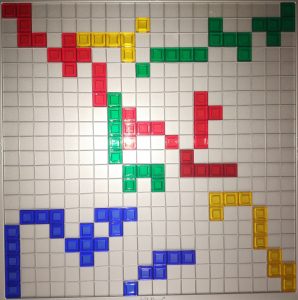This week I struggled with getting the C++ setup on my computer. The OpenCV library is not well documented with C++, and despite trying a ton of different OpenCV folders from various sources and different ways to link the necessary files together, nothing seemed to work with sublime. I ended up downloaded Visual Studios and trying a couple of other different resources and finally got it set up. I timed the same fragment of code in C++ and got a very satisfactory result that the code runs about 10x faster than in Python, running in about 0.007s. Given that I used essentially the same functions, the results were the same and I shall not bother reuploading the same images here.
That said, a slight risk factor that appeared is that C++ actually seems to take longer to import the image and resize as compared to in Python. What this means is that we might need to handle the video input carefully to ensure that we utilize the efficiencies in C++.
I am behind time in terms of getting coordinates, but this was mainly due to getting the Design Review Presentation up. Next week, I will be purchasing the camera, and testing with different images to see whether I can get coordinates effectively. The Gantt chart has been updated appropriately.



